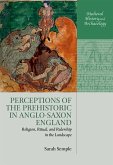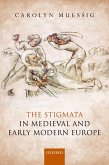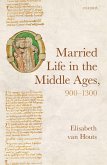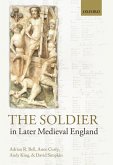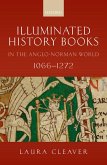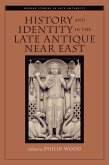This volume explores the pervasive influence exerted by some prehistoric monuments on European social life over thousands of years, and reveals how they can act as a node linking people through time, possessing huge ideological and political significance. Through the advancement of theoretical approaches and scientific methodologies, archaeologists have been able to investigate how some of these monuments provide resources to negotiate memories, identities, and power and social relations throughout European history. The essays in this collection examine the life-histories of carefully chosen megalithic monuments, stelae and statue-menhirs, and rock art sites of various European and Mediterranean regions during the Iron Age and Roman and Medieval times. By focusing on the concrete interaction between people, monuments, and places, the volume offers an innovative outlook on a variety of debated issues. Prominent among these is the role of ancient remains in the creation, institutionalization, contestation, and negotiation of social identities and memories, as well as their relationship with political economy in early historic European societies. By contributing to current theoretical debates on materiality, landscape, and place-making, The Lives of Prehistoric Monuments in Iron Age, Roman, and Medieval Europe seeks to overcome disciplinary boundaries between prehistory and history, and highlight the long-term, genealogical nature of our engagement with the world.
Dieser Download kann aus rechtlichen Gründen nur mit Rechnungsadresse in A, B, BG, CY, CZ, D, DK, EW, E, FIN, F, GR, HR, H, IRL, I, LT, L, LR, M, NL, PL, P, R, S, SLO, SK ausgeliefert werden.



